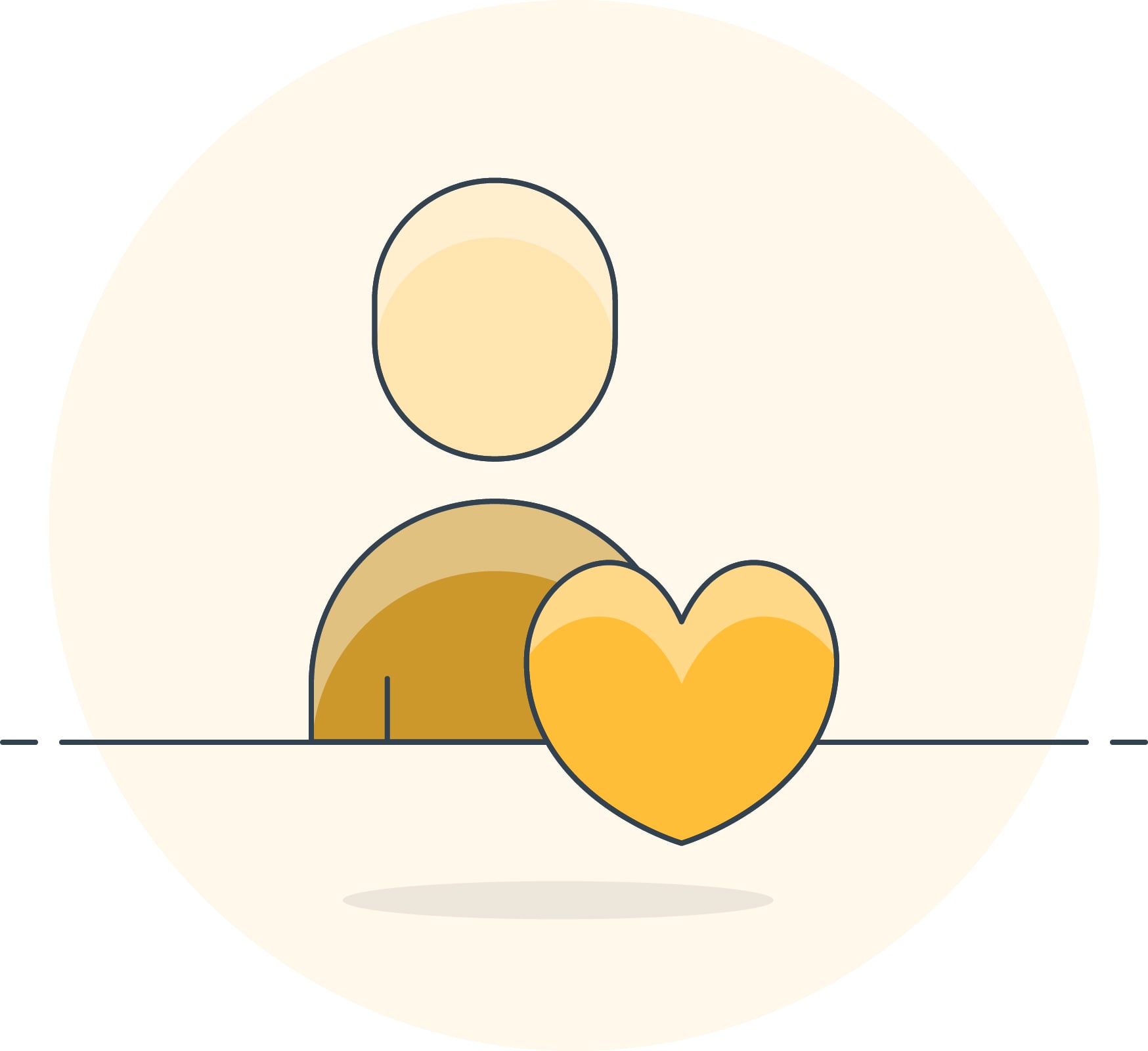Our guest contributor today is Chris Guillot, founder and retail consultant at Merchant Method. Chris works to empower small brands to succeed in a changing market and grow their businesses on their terms.
Typically, when you’re offering promo codes or discounts, it’s for acquisition or to prevent churn. Trying to pull customers in instead of making them loyal. Or having them bounce back if they haven't purchased in a while.
There’s a huge danger establishing that relationship based on that promotional pricing. It sets a precedent for price sensitivity.
They come to expect that special pricing. And then they fall off. You start seeing the cycle of customers subscribing then falling off.
There haven’t been many alternatives to discounting though. You just do it.
Now, we’re in a period where everyone is thinking about recovery and preserving cash flow while maintaining brand value.
The thing that you can control and preserve is your brand and your profits. So, to do that you need to move away from that promotional relationship and give your customers value instead.
Here are a few ways that you can ditch discounting and drive customer loyalty for your brand.
1. Be the bearer of fresh news

To build a loyal relationship with your customers, you want intimacy. You want them to check up on you often.
To do that, you need to first find the low hanging fruit like regularly adding something new and fresh on your website.
So often, people use social media for freshness and leave their website static. While it’s great to keep people informed via your socials, it doesn’t necessarily bring them to your site.
The easiest thing that people can do on their sites is put up simple announcement bars, keep the blog updated, or add popup chatbots. These tools will encourage people to keep coming back over and over again, but they must be frequently updated.
They enable you to keep communicating early and often with newness. Instead of an artificially low price, the customer can come to expect something different.
For example, that newness is visible when you walk into a brick and mortar store. Something is different from the last time you entered. Something’s moved. There are new products. On a website, it can be hard to tell unless you are a regular customer.
So, like a brick and mortar, you want to give your customers reasons to come back. You can just build that freshness to the calendar, like a regular reminder to update it.
Do it once a week, on Tuesdays. Or every other week. Or once a month. Whatever you can manage.
Give them a reason to start a relationship with you.
A simple way to freshen up your announcement bar and make it less static is to add revised store hours or bespoke business news. As things change in real time, the bar can make those updates known.
All these simple changes will help you build that customer loyalty and thrive.
2. Use content to extend a purchase

Now that you have the tools to keep your customers informed, how do you maintain the communication and relationship?
Instead of constantly trying to get people to bounce back with a special or promo code, you can make their initial purchase last longer. I’ll explain what I mean.
I’m a big fan of reminiscing. Like, I’ll have an event and revel in it for the next 14 days, remembering all the little details. So, for me, the event ends up lasting longer.
The same can be true for products.
When someone buys something, it’s fresh and exciting until they move on to the next one. As a seller, instead of letting that transaction depreciate, how can you actually make the purchase appreciate over time?
We usually think about product knowledge as something we use to sell. For example, all the content you’ve got on your product page that describes the item, how it works, and how to maintain it.
You don’t have to let that content live only in that one place. It can be used to support a sale after the purchase.
So, say you bought a cutting board from me. You’ve had it for a couple of weeks now and I send you an email.
Hey, so glad you bought our cutting board! I hope you’ve had a chance to use it for entertaining. I want to make sure you know how to clean and maintain it so it stays looking great throughout the year.
And I include some repurposed content to help maintain it.
This content may have gotten lost on the website or buried in your product description. While the customer may have read it, there’s only so much they will remember.
But, you don’t stop there.
You can follow up a couple weeks later with more content (don’t overwhelm them!) and then again after that. Over those weeks following the purchase, you are appreciating their product and strengthening your relationship.
Now, it doesn’t need to be every single item or every customer. You could just choose one key item for the season or a subset of customers that shop just a few times a year.
This can be an automated process or it can be very high touch. But, it’s a great way to say Hey, we’re here and we’re going to keep serving you.
A small improvement in customer relationships is going to pay off significantly.
3. Let’s get back to the customer dossier

This is classic customer relationship management (CRM) in the age of the personal shopper.
The customer dossier has been lost over time with the automation mindset. Even if these small brands don’t have CRMs, they’ve lost the art of keeping track of important customer information.
But it’s OK to create dossiers that take some personal handling. It can be nominally brushed off as ‘personalization’, sure.
But, we’re not talking about it in the sense of aggregating a bunch of data to say, We think you’re really going to like this or that. It’s more like, How’s your Aunt Betsy?
That level of personalization. Like dating profiles.
Ask yourself what things are worth noting about each customer and how can these pieces of data enrich their sense of intimacy and trust with your brand.
And, there’s room for it in a small business. You can keep these dossiers in a spreadsheet or a binder—however you want to manage it.
Personally, as a customer, I’ve been put into a CRM system with my size or the history of what I’ve purchased and I think that’s really valuable.
For example, the birthday card—that has sort of gone away. It’s nice! Let’s bring it back.
4. One-on-one customer support

One great thing that has caught on is video for customer support. There’s more video being used now than ever before. I love it.
Many small businesses are not as comfortable with one-on-one direct communication—taking questions on the fly and interacting with their customers in real time. I mean, there is something nice about asynchronous communication. It feels safe.
But having the ability to just hop on and troubleshoot is a big deal. We’ve been running away from that instead of embracing its immediacy.
We should be taking away the layers of communication and making it simple for customers to connect with us.
The question is, how can you use video to manage some of your toughest customer relationships?
Invite your customers to hop on a video call for one-on-one customer support. Or you can host a Facebook or Instagram live event, where attendees can ask questions and get answers in real time.
There is little difference between having a video call with an unhappy customer and having a conversation with one that just walked into your shop.
Your accessibility will be appreciated.
In these situations, extra layers and asynchronicity can make things worse. This is where real customer support would be most helpful.
You can bring synchronicity back to online transactions.
It’s all about building relationships
The thing you can come away with from all of this is that the relationship matters. Shoppers go to big box stores to blend in, buy something, and get out.
But the same is not true for small businesses. You aren’t going to a small business to be anonymous. It’s about people and connectivity, not just commerce.
So, forget about building a precedent of unrealistically low prices and start building lasting relationships instead.


